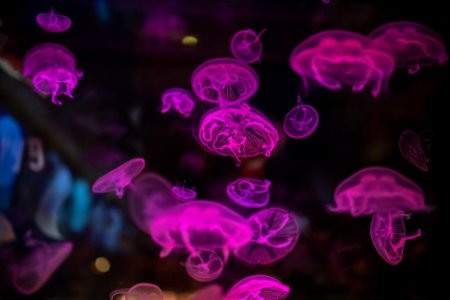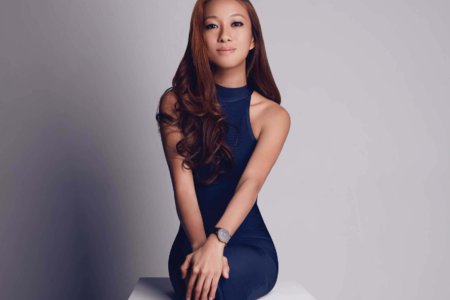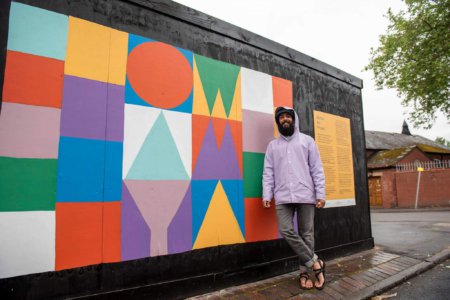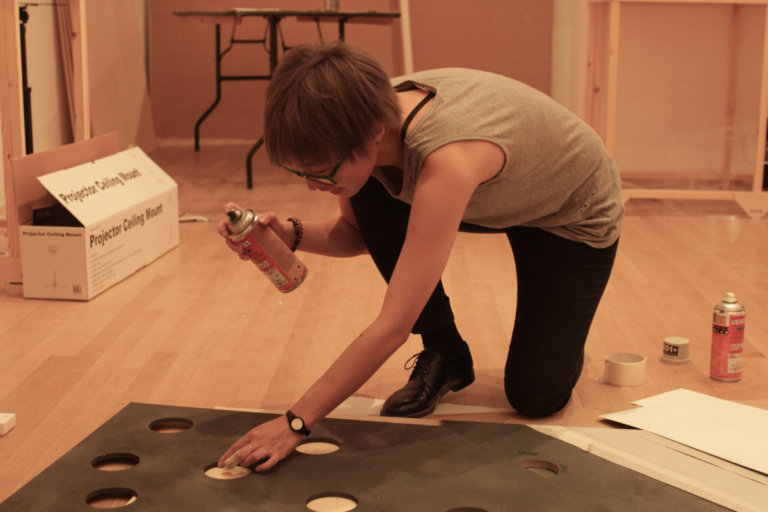
Growing up in Hong Kong, Jolita Mo became accustomed to the buzz of a crowded, fast-paced city early on. One could say that it prepared her for her adult life in London, where she is now a product designer with Net-A-Porter — one of the world’s leading online, high-end retailers.
“Hong Kong was a really interesting place because you have this unique mix of East and West, especially in the 90s,” Mo reminisces. “Ironically when I was living there, I took a lot of the local culture and experiences for granted and really only started appreciating them out of nostalgia after I moved abroad.”
At the same time, it was that first step that allowed her to discover her niche — and pursue it in one of the world’s most exciting cities. Today a proud Londoner, Mo is excited about her role optimising user experience on Net-A-Porter. Her favourite part of the job? The people.
“After working several jobs, I can definitely say people really make or break the job, especially for UIUX as there is a lot of collaboration,” Mo says. Here, she shares more about her academic progression, and how she landed a coveted job in her dream industry.
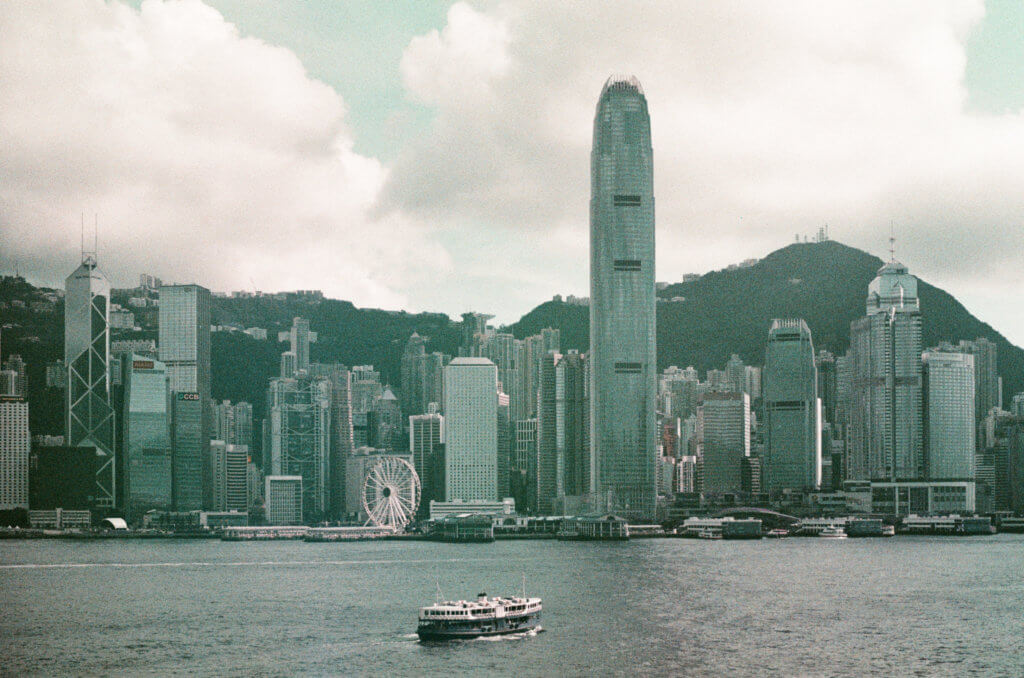
Hong Kong captured on film by Mo. Source: Jolita Mo
What inspired you to pursue product design studies?
When I was studying for my Masters in Civil Engineering at Carnegie Mellon University, I started taking some classes in product innovation and sustainability. Despite doing a bachelor’s degree in engineering, I have always been quite interested in design and finding more creative solutions to problems. Those classes reignited my interest and made me think of ways to tie it in with engineering.
It was then that I found a programme in London’s Royal College of Art called Innovation Design Engineering (IDE), which was a combination of product design and engineering; it seemed like a perfect fit to me.
How did your time at Carnegie Mellon University shape who you are today?
I started at CMU when I was just 17 and that was my first experience living abroad on my own. That was definitely a bit of a culture shock initially for me, even other students who were also from Hong Kong were quite different from my usual circle of friends back at home. That experience forced me out of my comfort zone, and I had to learn to adapt and be a lot more self-sufficient in a fairly short span of time — something which I’m really grateful for looking back, as that in turn helped me in other stages of my life, such as moving to London and switching jobs.

One of her earliest projects at RCA was to create a “magical experience” around London. Source: Jolita Mo
What were the highlights of your dual master’S degree in Innovation Design Engineering at the Royal College of Art?
There were many for sure but one thing that I really enjoyed was being surrounded by so many like-minded people (interested in innovation design) who were at the same time super different in terms of background and ethnicity. I felt like I could learn something new from anyone that I spoke to. Everyone brought their own unique point of view and experience to the table and it was really eye-opening to work together on projects.
Describe a university project that you’re proud of and tell us why.
The four-month group project in the second year of the IDE programme was probably my favourite project of all time. We designed a musical system on the London Underground system called Project MURA which encourages social interaction in shared spaces. Not only was that project super fun and memorable (we did a lot of prototype testing in situ that got us kicked out of the train several times), it was also very experimental and challenged us as a team.

Carnegie Mellon University in film, as photographed by Mo. Source: Jolita Mo
Tell us about staying on to work in London after your studies. What went into making that decision a reality?
Getting the first job was actually fairly straightforward as it was very engineering focused and most of my academic experience counted towards that. However I then quit shortly as I really wanted to focus on design. That was when the real challenge began, as the IDE course was not a traditional design programme, I had a hard time convincing companies to take a chance on me as a designer.
I then started going to a lot of networking events and volunteered at a major design festival. Even though in the end I had gotten my first design job through traditional means of sending in an application letter, I had stayed in touch with people I had met during those networking events, and actually that eventually helped me land my current job at Net-A-Porter.
Would you say talent or training is more important in what you do?
I would say training and industry experience are important. There is a misconception that UIUX design is a creative field, but in my opinion while there are elements of creativity involved, a lot of what we do is grounded in user research and testing, user journey mapping, best practices — which can definitely benefit from actual industry experience.
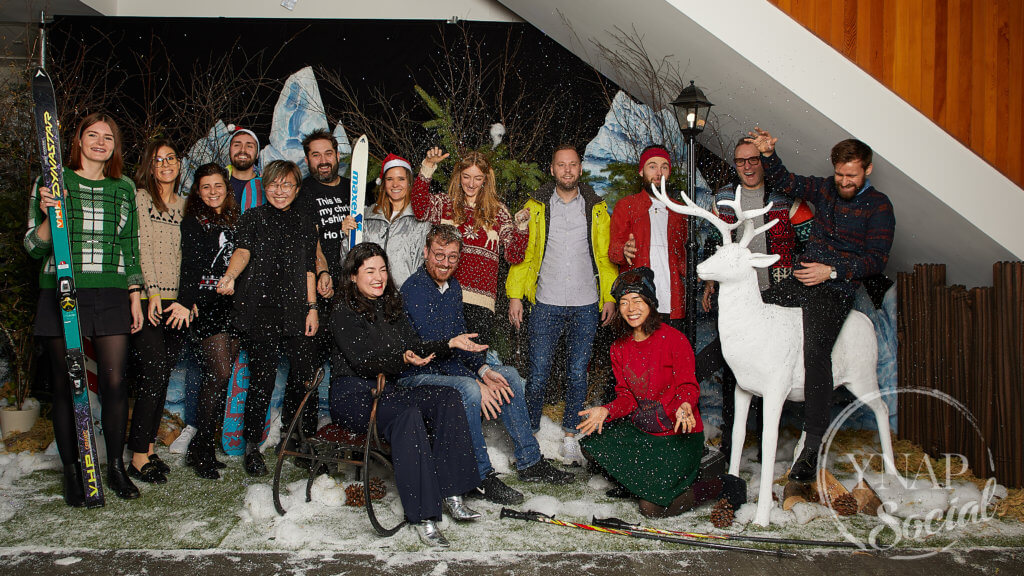
“After working several jobs, I can definitely say people really make or break the job,” Mo says of her Net-A-Porter colleagues, pictured here celebrating Christmas together. Source: Jolita Mo
What are the greatest challenges you’ve had to overcome to establish your career and life abroad?
Not the most inspiring thing to talk about but here it is: securing a work visa. Which ultimately involves convincing employers why your overseas background and experience can be an asset to the job, on top of any required skill set. Thankfully now with diversity and inclusion playing a more important role in UIUX design, that part has gotten slightly easier.
Besides photography and comic art, how have you expressed yourself throughout the pandemic?
I have not been traveling as much and not been shooting as often, especially during lockdown. Instead, I have been going through old photos and archiving them properly. Through that process, I started reflecting on my past experiences and also reconnected with friends that I have not spoken to in a while.
As lockdown started easing and gyms are slowly opening up, I have started bouldering more often, which has been a very different experience for me as I have never really been much of a sporty person. I surprisingly really enjoy bouldering, as it is not just physical but also requires a lot of thought to plan your moves. Overall, you can really see progress as you go on, which is really rewarding and uplifting, especially in times of uncertainty.








